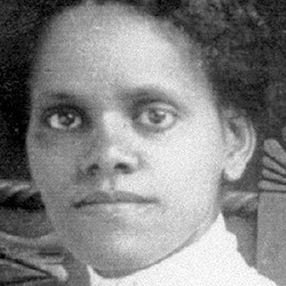At the Pool
I like to stand right still awhile
Beside some forest pool.
The reeds around it smell so fresh,
The waters look so cool!
Sometimes I just hop in and wade,
And have a lot of fun,
Playing with bugs that dart across
The water in the sun.
They lodge here at this little pool—
All sorts of bugs and things
That hop about its shady banks,
Or dart along with wings,
Or scamper on the water top,
As water-striders go,
Or strange back-swimmers upside down,
Using their legs to row,
Or the stiff, flashing dragon flies,
The gentle damoiselle,
The clumsy, sturdy water-bugs,
And scorpions as well,
That come on top to get fresh air
From homes beneath the pool,
Where water-boatmen have their nooks,
On pebbles, as a rule.
And then, behold! Kingfisher comes,
That great big royal bird!
To him what is the dragon fly
That kept the pool life stirred?
Or water-tigers terrible
That murder bugs all day?
Kingfisher comes, and each of these
Would hide itself away!
He swoops and swallows what he will,
A stone-fly or a frog.
Wing’d things rush frightened through the air,
Others to hole and log.
The little pool that held them all
I watch grow very bare,
But fisher knows his hide and seek—
He’ll find some one somewhere!
This poem is in the public domain. Published in Poem-a-Day on July 27, 2024, by the Academy of American Poets.
“At the Pool” by Effie Lee Newsome appears in The Crisis, Vol. 33, No. 4 (February 1927). As noted by Gloria T. Hull in her article, “Black Women Poets from Wheatley to Walker,” Effie Lee Newsome “wrote primarily children’s verse based on nature lore” and was one of the first African American poets who primarily published poems for children. In Children’s Biographies of African American Women (University of South Carolina Press, 2018), Sara C. VanderHaagen affirms, “The idea of the black child reader as a political actor persisted throughout the Harlem Renaissance and into the 1930s. […] Writers like Arna Bontemps, Sadie Iola Daniels, Langston Hughes, Effie Lee Newsome, and others created fiction, nonfiction, and poetry addressed to black children. In the hands of authors such as these, scholar and professor of English at the University of Connecticut [Katharine Capshaw] Smith has explained, children’s literature of the Harlem Renaissance ‘became a crucial component of the training of a generation of ‘New Negroes,’ as the ideology of uplift merged with the Renaissance’s investment in community galvanization, militancy, and racial pride.’”

